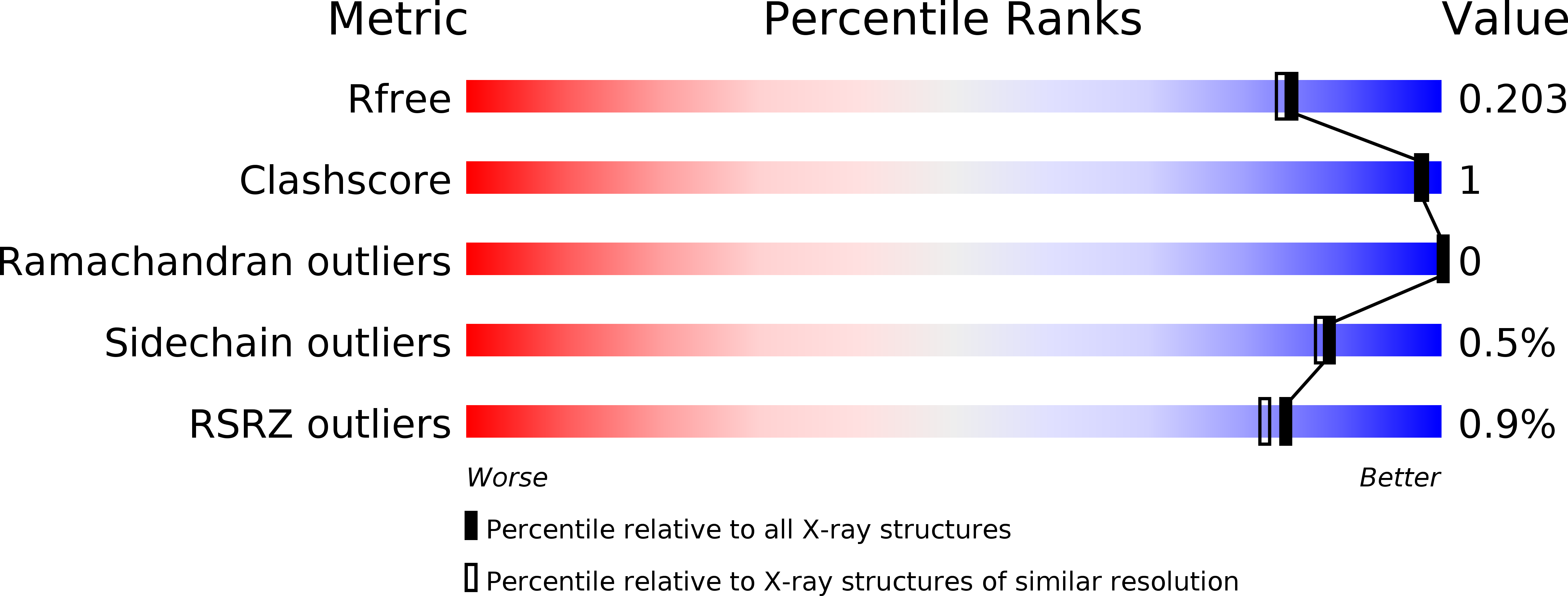
Deposition Date
2018-04-20
Release Date
2018-10-17
Last Version Date
2024-01-17
Entry Detail
Biological Source:
Source Organism:
Gramella sp. MAR_2010_102 (Taxon ID: 1250231)
Host Organism:
Method Details:
Experimental Method:
Resolution:
1.80 Å
R-Value Free:
0.19
R-Value Work:
0.15
R-Value Observed:
0.16
Space Group:
P 2 21 21


